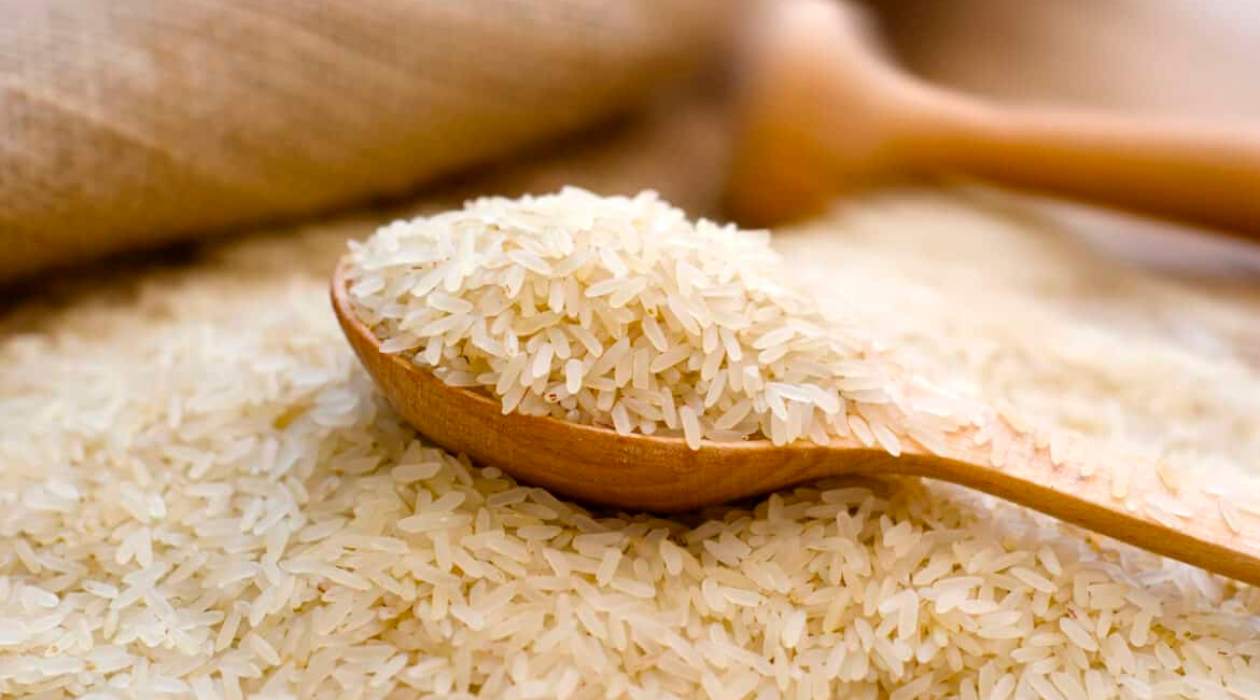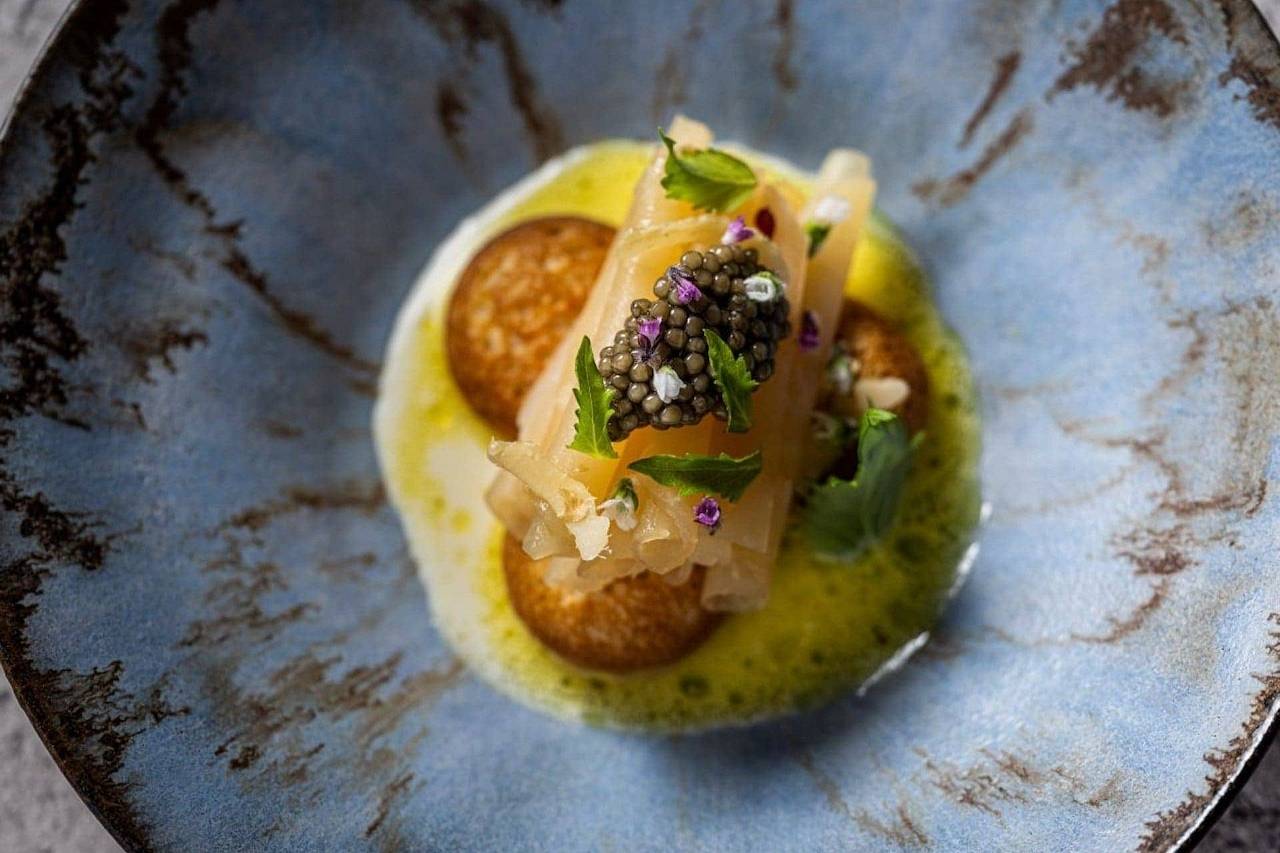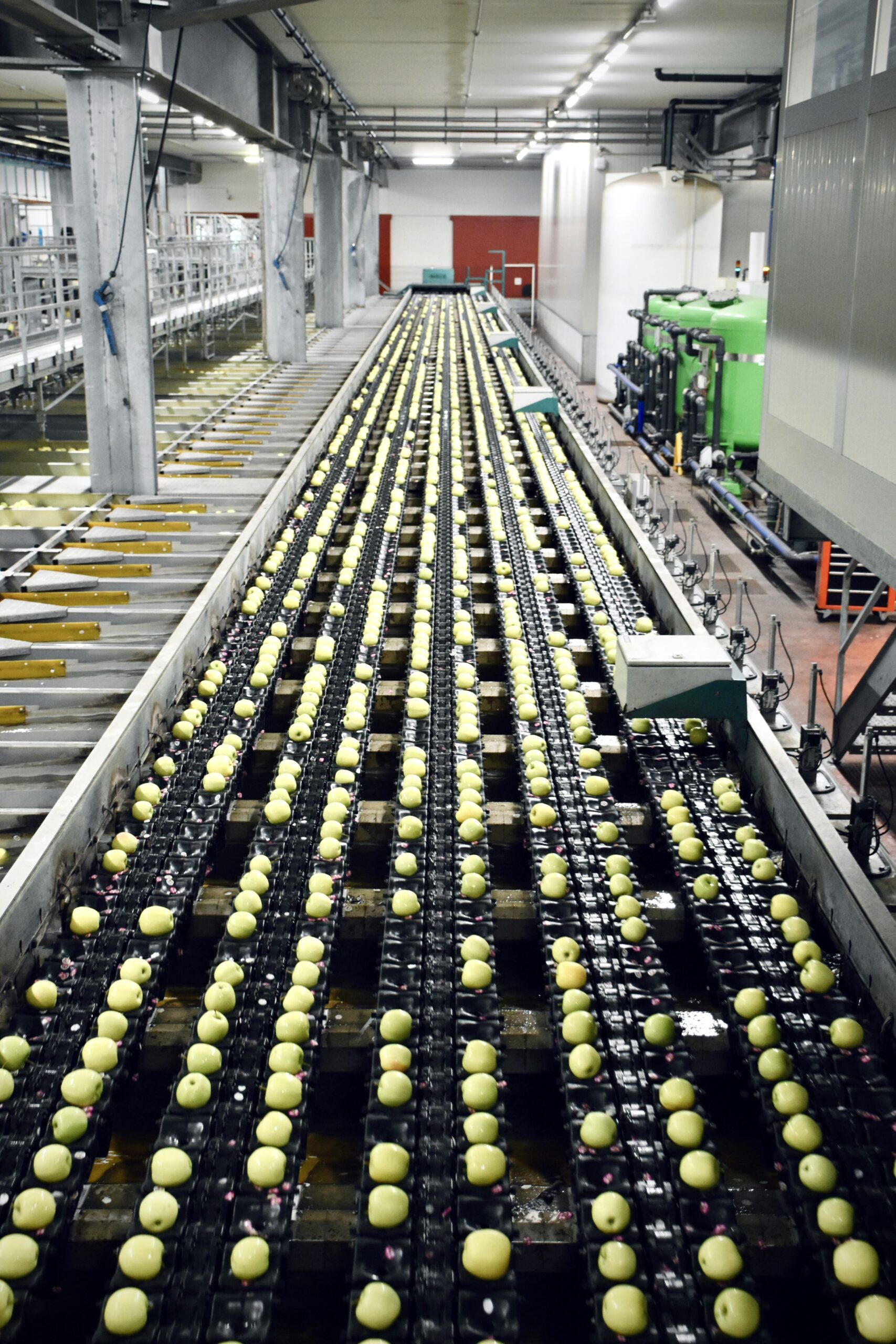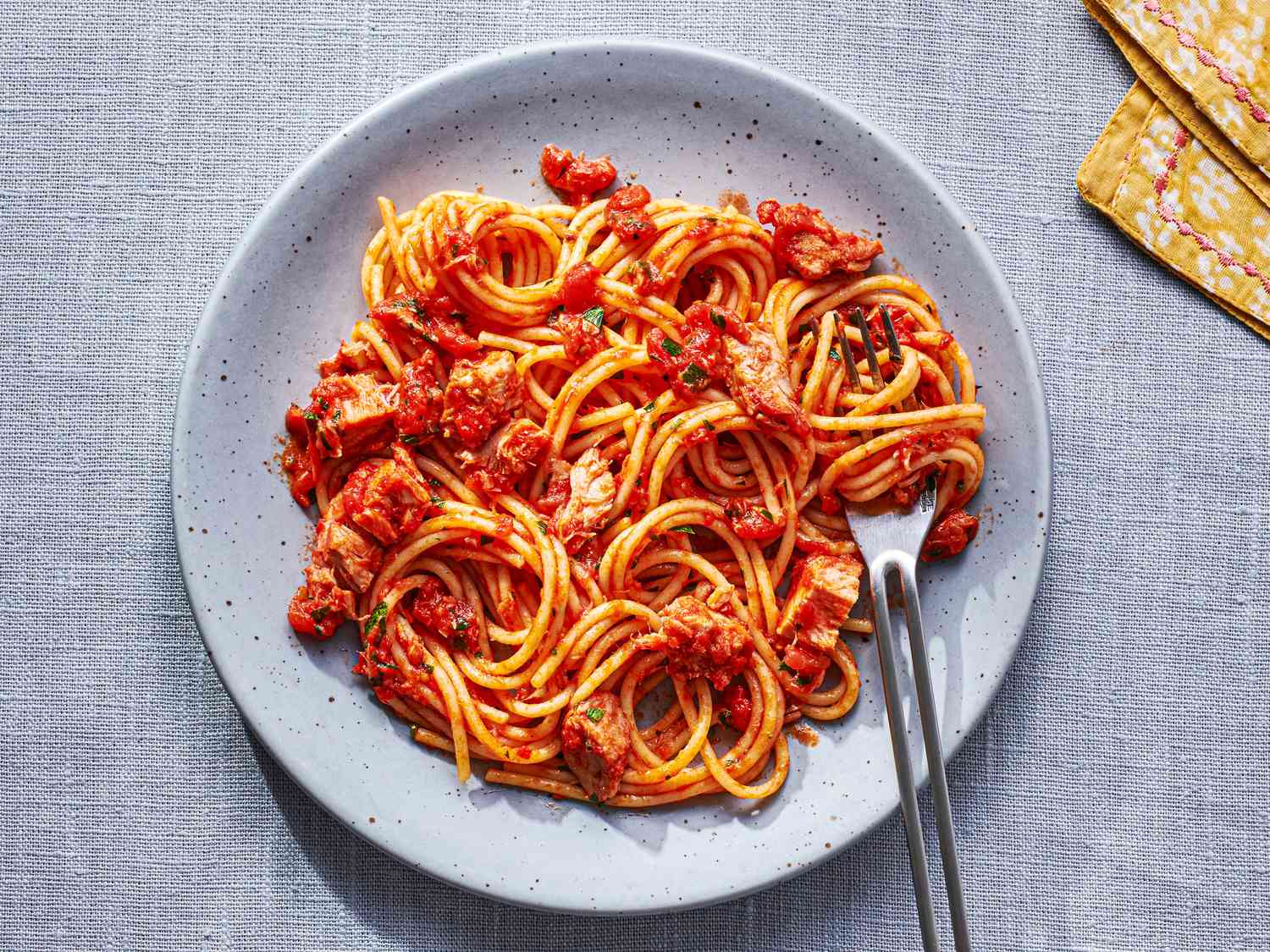Understanding the nutritional content of food is fundamental to making informed dietary choices, and one key aspect is the calorie content.
However, the caloric content of uncooked rice can vary based on the type and variety of rice. On average, 100 grams of uncooked white rice contains approximately 362 calories. Also, it’s important to note that this is a general estimate.
For more accurate information, it’s recommended to check the nutritional label on the packaging of the rice you have, as different varieties and brands may have slight variations in their nutritional profiles.
Here, you will learn more details about uncooked rice
Nutritional Information
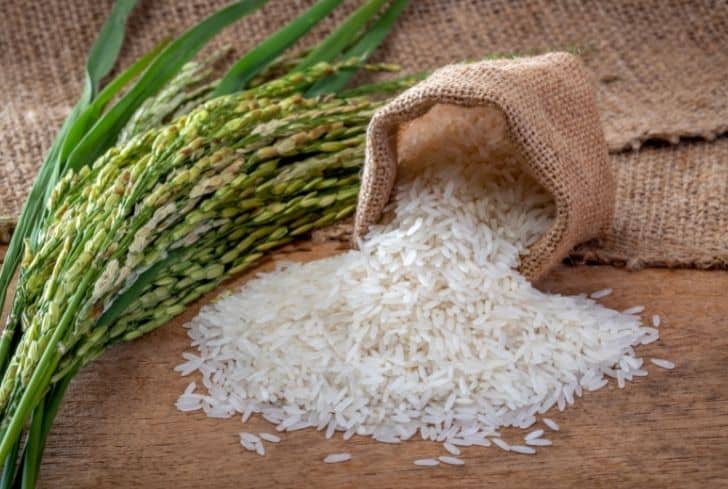
| Nutrient | Amount per 100g |
| Energy | 1536.59 KJ |
| Calories | 362.197 Kcal |
| Fat | 1.589g |
| Protein | 8.175g |
| Carbohydrates | 78.038g |
| Fiber | 1.525g |
| Water | 9.013g |
| Calcium | 42mg |
| Iron | 1.222mg |
| Magnesium | 55.125mg |
| Phosphorus | 182.65mg |
| Potassium | 249mg |
| Sodium | 27.75mg |
| Zinc | 1.395mg |
| Copper | 0.313mg |
| Manganese | Not specified |
| Vitamin A, RAE | Not specified |
| Retinol | Not specified |
| Carotene, beta | Not specified |
| Vitamin D | Not specified |
| Thiamin, B1 | 0.11mg |
| Riboflavin, B2 | 0.07mg |
| Niacin, B3 | 0.04mg |
| Vitamin B6 | 0.2mg |
| Folate, B9 | 20μg |
| Vitamin B12 | Not specified |
| Vitamin C | Not specified |
| Ash | 2.295g |
Types of Rice And calories:
| Type of Rice | Processing | Appearance and Texture | Aromatic Qualities | Common Culinary Uses | Caloric Content (per 100g) |
| White Rice | Husk, bran, and germ removed | Polished, white, fluffy when cooked | – | Versatile, used in a variety of dishes worldwide | Approximately 362 Kcal |
| Brown Rice | Retains bran and germ | Unpolished, chewy, nuttier flavor | – | Considered a whole grain, used for its added nutrients | Approximately 370 Kcal |
| Basmati Rice | Long-grain rice | Long, slender grains, fragrant aroma | Nutty or popcorn-like fragrance, intensifies when cooked | Common in Indian and Middle Eastern cuisines | Approximately 344 Kcal |
| Jasmine Rice | Long-grain rice | Soft, slightly sticky when cooked | Subtle floral aroma | Popular in Southeast Asian cuisine, complements flavors | Approximately 352 Kcal |
| Arborio Rice | Short-grain rice | High starch content, creamy when cooked | – | Ideal for creamy Italian dishes like risotto | Approximately 360 Kcal |
Health Considerations
1. Balanced Diet:
Consuming rice as part of a balanced diet provides essential carbohydrates, a primary energy source. However, it’s crucial to balance it consumption with other food groups, ensuring a diverse nutrient intake.
2. Portion Control:
While rice is a staple in many diets, portion control is essential. The high carbohydrate content, particularly in white rice, may impact blood sugar levels. Controlling portion sizes can help manage caloric intake and promote overall health.
3. Nutrient Density:
Brown rice, with its intact bran layer, offers more nutrients, including fiber, vitamins, and minerals, compared to white rice. Choosing whole grains contributes to a more nutrient-dense diet.
4. Dietary Fiber:
Brown rice, being higher in fiber, aids digestion, promotes a feeling of fullness, and helps regulate blood sugar levels. Including a variety of fibers from different sources in the diet is beneficial for digestive health.
5. Protein Intake:
Moreover, itss especially when combined with other protein sources, contributes to meeting daily protein needs. Pairing rice with legumes or other protein-rich foods enhances protein intake for individuals following vegetarian or vegan diets.
6. Micronutrients:
While it provides energy, it’s relatively low in certain micronutrients. A well-rounded diet that includes a variety of fruits, vegetables, and proteins ensures the intake of essential vitamins and minerals.
7. Special Considerations:
Gluten-Free Option: Rice is naturally gluten-free, making it suitable for those with gluten sensitivities or celiac disease.
Low Sodium Content: Also low sodium content, making it suitable for individuals monitoring their sodium intake.
8. Cooking Methods:
The way rice is cooked can influence its impact on health. Opting for healthier cooking methods, such as steaming or boiling, preserves nutrients and minimizes the need for added fats.
9. Individual Health Conditions:
Individuals with specific health conditions, such as diabetes, should be mindful of their carbohydrate intake, and consulting with a healthcare professional or a nutritionist is advisable for personalized dietary recommendations.
10. Variety and Moderation:
Including a variety of grains in the diet and moderating rice consumption contribute to a well-balanced and diverse nutritional profile.
It’s important for individuals to consider their unique nutritional needs, health status, and lifestyle when incorporating rice into their diet. Maintaining a varied and balanced diet is key to overall well-being.
Comparison with Cooked Rice
Here’s a table comparing the caloric content of different types of rice in their uncooked and cooked states, highlighting the changes that occur during the cooking process:
| Type of Rice | Calories per 100g (Uncooked) | Calories per 100g (Cooked) | Approximate Change in Calories after Cooking |
| White Rice | Around 365 calories | Around 130 calories | Decrease by about 64% |
| Brown Rice | Around 370 calories | Around 110 calories | Decrease by about 70% |
| Basmati Rice | Around 360 calories | Around 150 calories | Decrease by about 58% |
| Jasmine Rice | Around 360 calories | Around 150 calories | Decrease by about 58% |
| Arborio Rice | Around 360 calories | Around 130 calories | Decrease by about 64% |
Benefits and Drawbacks of Eating Uncooked Rice
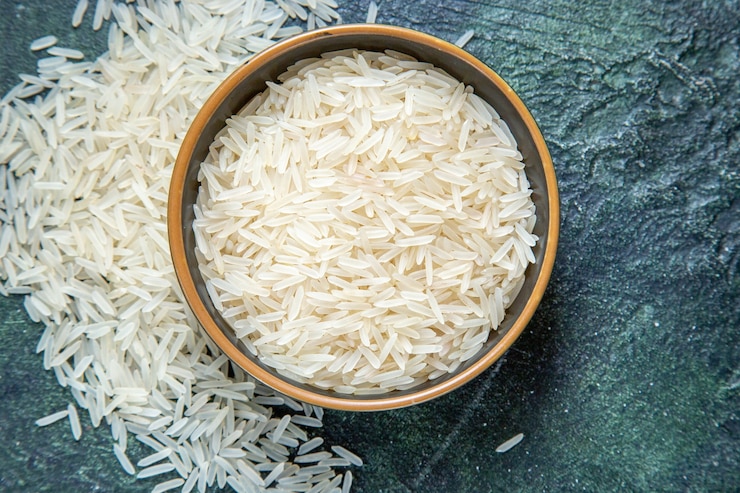
Benefits:
- Uncooked rice contains more resistant starch, which acts as a type of fiber. This can have some digestive benefits.
- Cooking can lead to some nutrient loss. Eating rice in its uncooked state might retain certain nutrients that are heat-sensitive.
Drawbacks:
- Uncooked rice is harder to digest, and it may cause digestive discomfort. Cooking helps break down complex carbohydrates, making them easier for the body to absorb.
- Raw rice can harbor bacteria such as Bacillus cereus, which produces toxins that can cause food poisoning. Cooking rice thoroughly kills these bacteria and their toxins.
- While cooking may lead to some nutrient loss, it also makes certain nutrients more bioavailable. For example, it breaks down the hull of the rice, making nutrients more accessible to the body.
- Further, it lacks the appealing taste and texture that comes with cooking. Cooking enhances the flavor and changes the texture, making it more palatable.
FAQs
Q1: How many calories are in 100g of uncooked rice when cooked?
A1: When cooked, 100g of uncooked rice still contains the same calories (approximately 350), but the weight increases to around 200g due to absorbed water. This results in fewer calories per 100 grams.
Q2: How many calories are in 100g of uncooked basmati rice?
A2: There are 262 calories in a 75g serving and 349 calories in a 100g serving (dry weight) of uncooked basmati rice. Cooking does not alter the calorie content; the weight increases due to water absorption.
Q3: How many calories are in 200g of uncooked rice?
A3: Uncooked, enriched, short-grain, white rice contains 716 calories per 200g serving. The weight increases during cooking, but the calorie content remains the same.
Q4: How many calories are in raw rice?
A4: Raw white glutinous rice has approximately 684.5 calories per cup.
Q5: How much rice is 100g uncooked rice?
A5: Typically, 100g of uncooked rice yields around 240 to 260 grams of cooked grains due to absorbed cooking water.
Q6: How many calories are in 100g of cooked rice?
A6: On average, 100g of cooked white rice contains around 130 calories, while 100g of cooked brown rice contains approximately 110 calories.
Q7: Why does rice show uncooked calories?
A7: The calories listed on a bag of rice are for uncooked rice. The number changes during cooking as the rice absorbs water and undergoes changes in volume.
Final Words
In conclusion, the caloric content of 100 grams of uncooked rice serves as a crucial parameter for those mindful of their dietary intake. While the average stands at approximately 362 calories for uncooked white rice, it’s imperative to recognize the inherent variations among rice varieties and brands.
In addition, as a staple food in many cultures, rice plays a central role in global cuisines, offering both sustenance and nutritional value. Understanding the caloric aspect of uncooked rice underscores the importance of portion control and informed dietary choices.
For precise information, referencing the nutritional label on specific rice packaging remains the most reliable approach. Whether considering weight management or overall nutritional planning, acknowledging the caloric content of uncooked rice is a fundamental step toward achieving a balanced and health-conscious diet.







